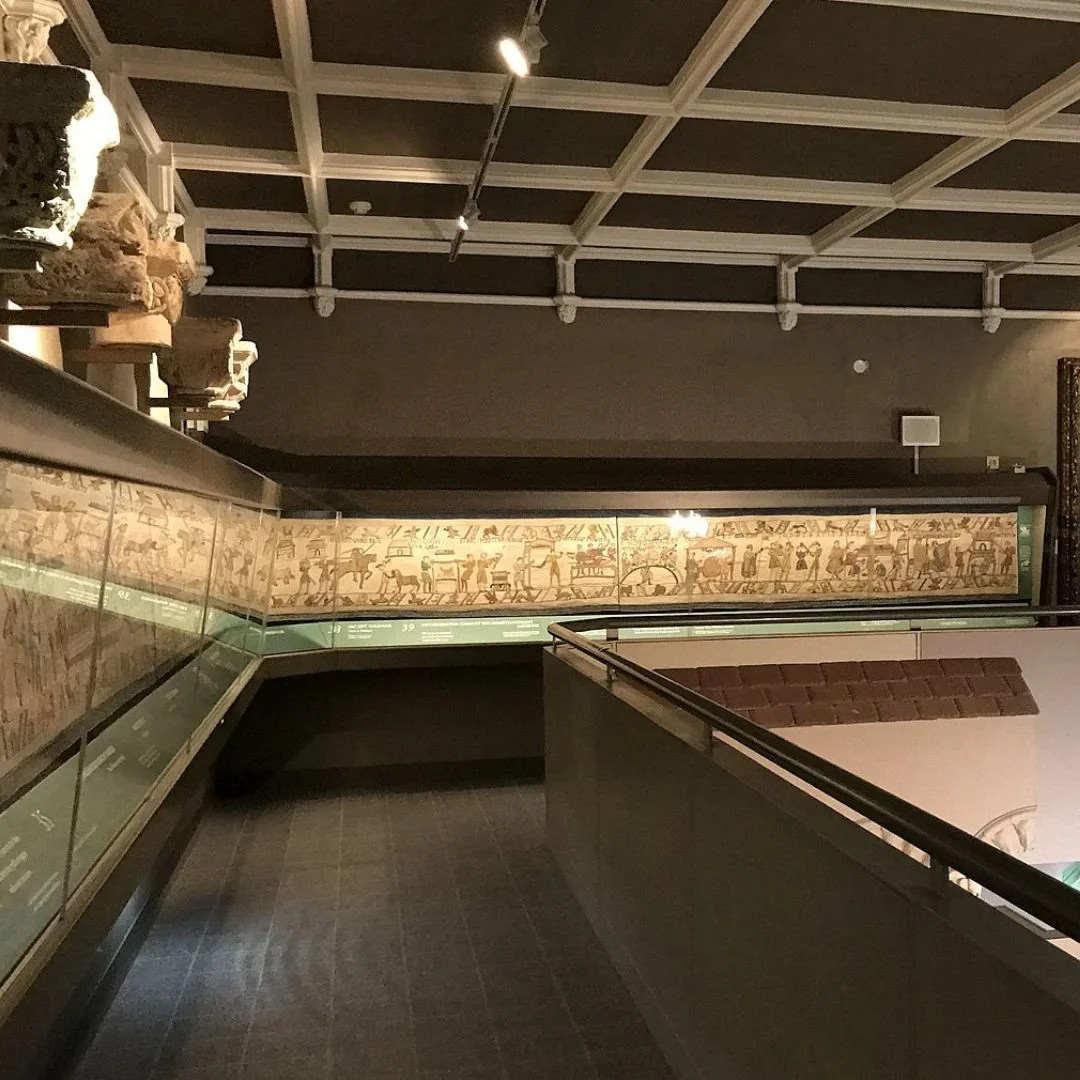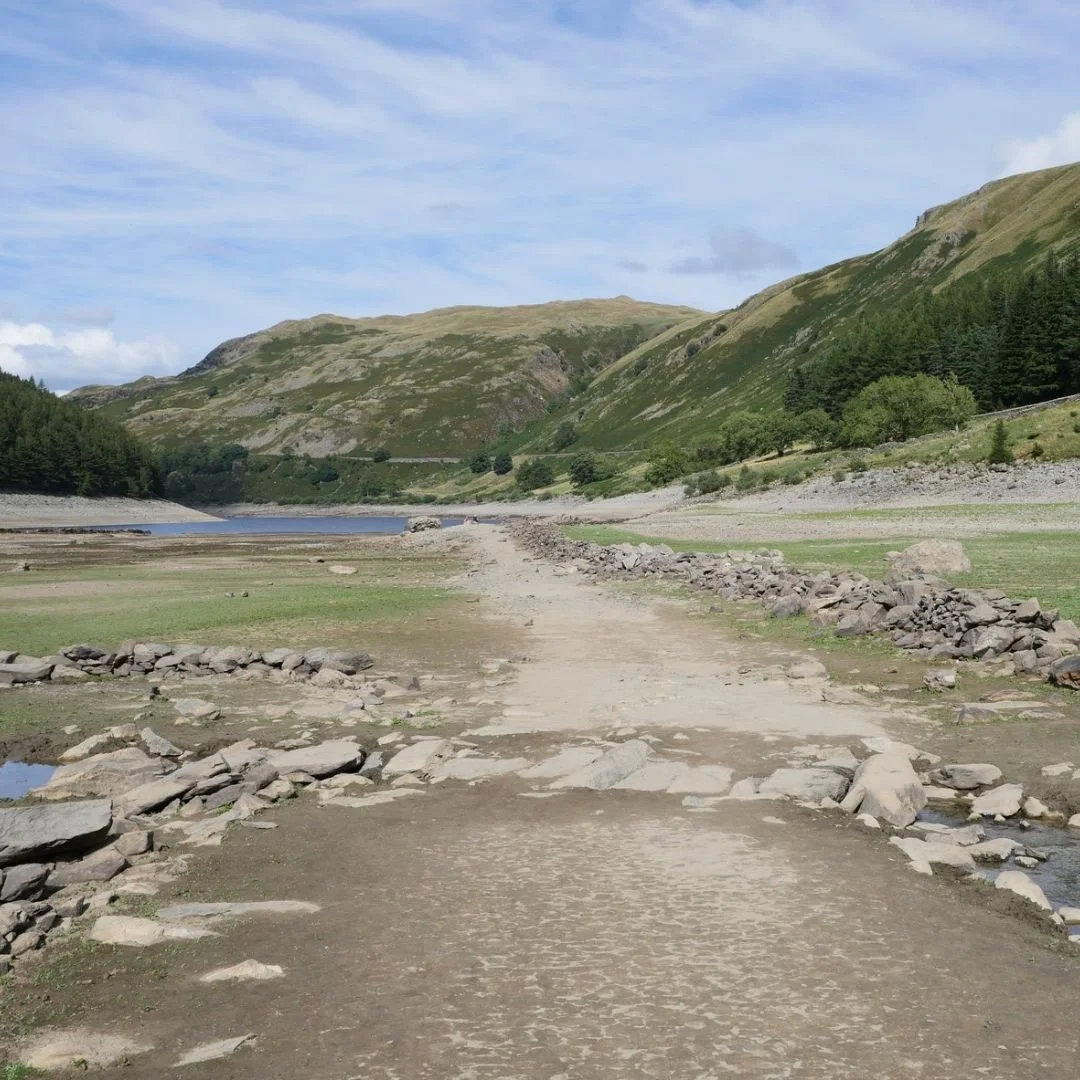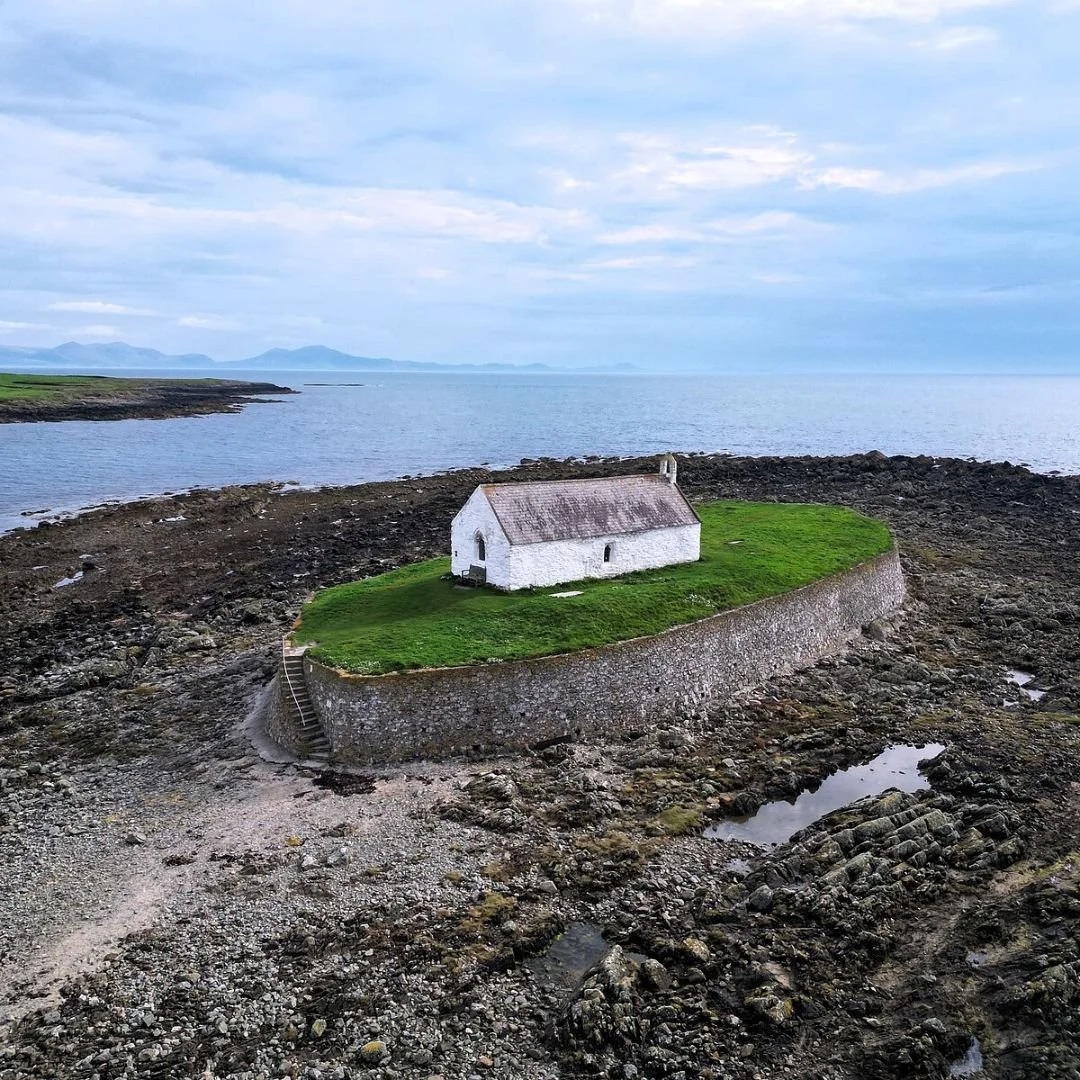Blackness Castle, Scotland: ‘The Ship That Never Sailed’
Blackness Castle is called ‘the ship that never sailed’ due to its great stone ship appearance.
Blackness Castle looks across the River Forth to the naval dockyards of Rosyth, and along it to the Forth rail and two road bridges.
It was constructed, likely replacing a preexisting fort, by Sir George Crichton in the 1440s.
During this period, Blackness functioned as the primary port serving the Royal Burgh of Linlithgow, one of the principal residences of the Scottish monarch.
Following its construction, the castle, along with the Crichton estates, came under the ownership of James II of Scotland in 1453, and it has remained in possession of the crown ever since.
In 1537, James V initiated the transformation of the castle into a state prison and fortified artillery stronghold, a response to the looming threat posed by Henry VIII's Protestant England.
This ambitious undertaking was completed in 1542, just prior to the onset of the Wars of the Rough Wooing.
Unlike the elegant Italianate artillery fortifications, Mighty Blackness boasted a formidable presence.
Its 'stern' tower presented a solid mass of masonry to adversaries approaching from the land, augmented by strategically positioned gunholes allowing for comprehensive firepower.
Despite enduring several sieges, the significantly reinforced castle stood firm until 1650, when Oliver Cromwell's heavy artillery inflicted severe damage upon its defenses, compelling the garrison to surrender.
The scars of this conflict persist to this day.
Becoming a prison
Initially intended as a nobleman's residence, Blackness primarily served as a fortified stronghold and state prison under the authority of the reigning monarch.
Throughout the later medieval period, numerous high-ranking prisoners were confined within its walls.
Among them, Cardinal David Beaton, Archbishop of St Andrews, gained particular renown during his captivity in 1543.
Beaton had long been a prominent adversary of the Earl of Arran, who served as Regent of Scotland during the infancy of Mary Queen of Scots.
During the tumultuous period known as the 'Killing Time' in the 1670s and 1680s, both Charles II and James VII imprisoned numerous Covenanters within Blackness.
Later, in the late 1700s, the castle became a detention centre for foreign sailors and soldiers captured in conflicts with France, Spain, and the emerging United States of America.
Castle under attack
The castle's defences were tested in 1650, when Oliver Cromwell's New Model Army laid siege to Blackness during his campaign in Scotland.
Yet, by this era, advancements in artillery had surpassed the capabilities of Finnart's defences, leading to the swift surrender of the garrison under relentless bombardment from both land and sea.
Subsequently, the castle, left weakened by the assault, was deserted.
The castle underwent restoration in 1667, re-purposed once more as a prison for several Covenanters, religious dissenters who resisted the King's involvement in church matters.
Following its restoration, the castle has been accessible to the public as a significant historical site.
While the castle's structures remain unoccupied, a small exhibition is housed in the former barracks situated outside.
Notably, the castle has served as a filming venue for various productions, including Franco Zeffirelli's "Hamlet" (1990), Bob Carruthers's "The Bruce" (1996), and the science-fiction film "Doomsday" (2008).
Today, the historic castle is open to visitors that can enjoy breathtaking views of the Firth of Forth and Fife.
There are display boards around the lawn although uneven ground and cobbles make it difficult for visitors using wheelchairs.
There are gravel paths around the lawn and there is some fine shrubbery in the grounds.
Someone who recently visited the castle said: “Recommended for all, but especially Outlander fans. This castle stood in for Ft. William in the series.
”There is some walking involved and lots of marrow stair climbing inside the castle so if you have mobility issues you may want to skip parts. Beautiful location on the water.
”There is also some kind of tourist pass you can purchase that gives you discounted rates to many of the castles.”
Please note, the car park has limited spaces and will be monitored. It is only available for those that have booked tickets to visit the castle and its grounds.
If you enjoyed this blog post, please follow Exploring GB on Facebook for daily travel content and inspiration.
Don’t forget to check out our latest blog posts below!
Thank you for visiting Exploring GB.



















